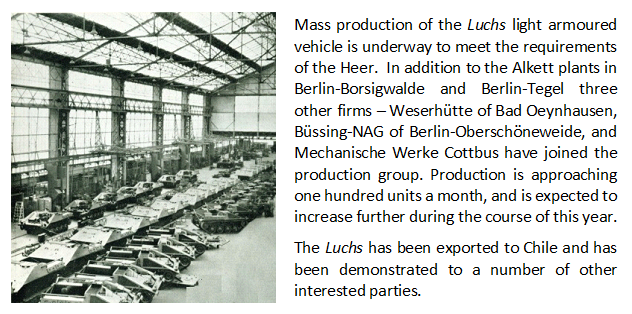You are not logged in.
Dear visitor, welcome to WesWorld. If this is your first visit here, please read the Help. It explains in detail how this page works. To use all features of this page, you should consider registering. Please use the registration form, to register here or read more information about the registration process. If you are already registered, please login here.


Quoted
At the naval limitations conference in London some months ago Germany undertook to limit the number of hulls in its submarine fleet, and to not transfer such terrible weapons abroad. These three boats will be followed by three more as soon as the dock is available to complete their demolition.

Quoted
At the naval limitations conference in London some months ago Germany undertook to limit the number of hulls in its submarine fleet, and to not transfer such terrible weapons abroad. These three boats will be followed by three more as soon as the dock is available to complete their demolition.
... so you limit the number of hulls of your submarine fleet by scrapping 6 hulls and adding 15 new ones (actually 6 doing trials in Q1 and 9 under construction)... Sounds like typical German logic to me. :)



Forum Software: Burning Board® Lite 2.1.2 pl 1, developed by WoltLab® GmbH
